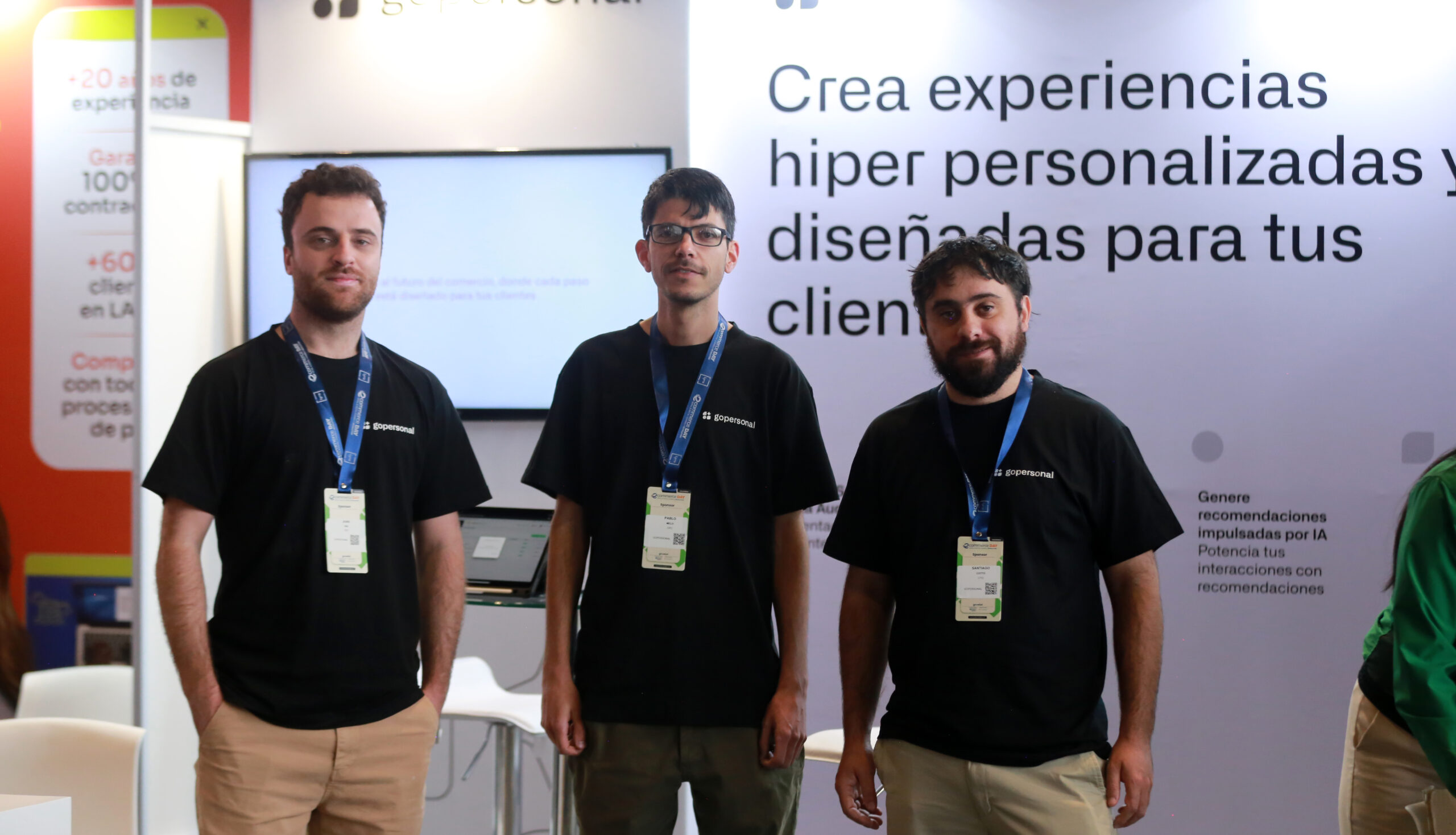The Lean Startup methodology is a popular and effective approach to new product development that has gained a lot of attention in the startup world. It was first introduced by Eric Ries in his book, "The Lean Startup," which has become a must-read for entrepreneurs and innovators. The methodology is based on the principles of lean manufacturing and customer development, and it emphasizes validated learning, continuous innovation, and pivots.
At its core, the Lean Startup approach is all about building a product or service that people actually want. This is achieved through a process of rapid experimentation, feedback, and iteration. The Build-Measure-Learn feedback loop is a key part of the methodology, and it involves creating a Minimum Viable Product (MVP), measuring its impact, and learning from customer feedback. This allows startups to test their assumptions about their business model and make adjustments as needed.
One of the key advantages of the Lean Startup approach is that it allows startups to develop a scalable business model that can adapt to changing market conditions. By focusing on validated learning and continuous innovation, startups can avoid wasting time and resources on products that don't work, and instead focus on building products that solve real problems for their customers. The methodology also emphasizes the importance of innovation accounting, which helps startups measure their progress and make data-driven decisions.
Overview of Lean Startup Methodology
What is Lean Startup?
Lean Startup is a methodology for developing businesses and products that aims to shorten product development cycles by adopting a combination of business-hypothesis-driven experimentation, iterative product releases, and validated learning. This methodology was introduced in 2008 by Eric Ries, a Silicon Valley entrepreneur, and author of the book "The Lean Startup." The Lean Startup methodology is widely used in startups and established organizations to help them create and innovate faster.
History of Lean Startup
The Lean Startup methodology emerged as a response to the high rate of failure of startups. Eric Ries observed that startups were failing because they were building products that nobody wanted. He realized that the traditional product development process, which relied on long-term planning and execution, was too slow and inefficient. He proposed a new approach that would enable startups to build products faster, with less waste, and with a higher chance of success.
Principles of Lean Startup
The Lean Startup methodology is based on three key principles:
- Entrepreneurs are everywhere
- Entrepreneurship is management
- Validated learning
The first two principles emphasize that entrepreneurship is not limited to startups, but can also be applied to established organizations. The third principle, validated learning, is the core of the Lean Startup methodology. Validated learning is the process of testing a product hypothesis by releasing a minimum viable product (MVP) to customers, measuring their response, and then using that feedback to improve the product. This process is also known as the "build-measure-learn" feedback loop. The Lean Startup methodology also emphasizes continuous innovation. Instead of focusing on long-term planning and execution, Lean Startup encourages entrepreneurs to iterate quickly and frequently. This approach enables entrepreneurs to adapt to changing market conditions, customer needs, and technological advancements. In summary, the Lean Startup methodology is a principled approach to new product development that emphasizes validated learning, continuous innovation, and a business-hypothesis-driven experimentation. It is widely used by startups and established organizations to create and innovate faster.
The Business Model Canvas
The Business Model Canvas is a strategic management tool that allows entrepreneurs and business owners to visualize and develop their business model. It is a one-page template that summarizes the key elements of a company's business model into nine building blocks. The Business Model Canvas was developed by Alexander Osterwalder and Yves Pigneur, and it is widely used by startups and established companies alike.
What is the Business Model Canvas?
The Business Model Canvas is a visual representation of a company's business model. It consists of nine building blocks that describe the key elements of a business, including its value proposition, customer segments, channels, customer relationships, revenue streams, key resources, key activities, key partnerships, and cost structure. The Business Model Canvas is a simple but powerful tool that helps entrepreneurs and business owners to understand their business model and identify areas for improvement.
How to Use the Business Model Canvas
The Business Model Canvas is a flexible tool that can be used in many different ways. Here are some steps to follow when using the Business Model Canvas:
- Start by filling in the nine building blocks with your company's information.
- Identify the key elements of your business model and how they relate to each other.
- Use the canvas to brainstorm new ideas and test different scenarios.
- Update the canvas as your business evolves and changes over time.
Benefits of the Business Model Canvas
The Business Model Canvas has several benefits for entrepreneurs and business owners:
- It provides a clear and concise overview of a company's business model.
- It helps to identify areas for improvement and innovation.
- It facilitates communication and collaboration among team members and stakeholders.
- It can be used to test different business models and scenarios.
- It is a scalable business model tool that can be used by startups and established companies alike.
The Business Model Canvas is an essential tool for entrepreneurs and business owners who want to develop a scalable business model. By using the canvas, they can visualize their business model, identify areas for improvement, and test different scenarios. The Business Model Canvas is a flexible, easy-to-use tool that can be adapted to the needs of any business, and it can help entrepreneurs and business owners to achieve their goals and grow their companies.
Customer Development
Lean startup methodology is a popular approach to business development that emphasizes rapid experimentation and iteration to create successful products and services. One of the key components of this approach is customer development, which involves understanding customer needs and validating the proposed solution.
What is Customer Development?
Customer development is the process of identifying and understanding the needs of potential customers in order to create products and services that meet those needs. This process involves a series of steps, including customer discovery, customer validation, customer creation, and company building.
Customer development is a crucial part of the lean startup methodology because it helps businesses avoid common pitfalls and create products that customers actually want. By focusing on customer needs and feedback, businesses can create products that are more likely to succeed in the market.
The Customer Development Process
The customer development process consists of four main steps:
- Customer Discovery: This step involves capturing the founder's vision and turning it into a series of business model hypotheses. The goal is to identify potential customers and understand their needs.
- Customer Validation: Once potential customers have been identified, the next step is to validate the business model hypotheses. This involves testing the product or service with a small group of customers to gather feedback.
- Customer Creation: After the MVP is validated, the next step is to create a full product and market it to customers. The goal is to build a customer base and generate revenue.
- Company Building: Once the business has a solid customer base and is generating revenue, the final step is to scale the business, build a team, and continue to grow the customer base.
Benefits of Customer Development
There are several benefits to using customer development as part of the lean startup methodology. These include:
- Reduced risk: By focusing on customer needs and feedback, businesses can reduce the risk of creating products that customers don't want.
- Increased customer satisfaction: By creating products that meet customer needs, businesses can increase customer satisfaction and loyalty.
- Improved product development: By iterating quickly and incorporating customer feedback, businesses can improve the quality of their products and services.
- Increased revenue: By creating products that customers want and need, businesses can increase revenue and profitability.
Minimum Viable Product (MVP)
What is an MVP?
In product development, a minimum viable product (MVP) is a version of a new product with enough features to satisfy early customers and provide feedback for future product development. The MVP is designed to test the product's core features and validate the product idea with minimal effort and resources. The concept of MVP is a crucial component of the lean startup methodology.
Benefits of MVPs
Creating an MVP has several benefits for startups and businesses. First, it allows entrepreneurs to test their product idea with minimal investment, reducing the risk of failure. Second, it provides valuable feedback from early adopters that can help refine the product and make it more attractive to a wider audience. Third, it enables businesses to enter the market quickly and gain a competitive advantage.
How to Create an MVP
Creating an MVP involves several steps. First, identify the problem that the product is designed to solve. Second, determine the core features that are essential to solving the problem. Third, design and develop the MVP with the minimum set of features required to satisfy early adopters. Fourth, test the MVP with early adopters and gather feedback. Fifth, analyze the feedback and refine the product to better meet customer needs. In creating an MVP, it is important to keep in mind that it is not a finished product, but rather a starting point for further development. The MVP should be designed to be flexible and adaptable to changes based on customer feedback. The goal is to create a product that solves the problem and meets customer needs while minimizing investment and risk. Overall, the MVP is a critical tool for startups and businesses looking to develop new products and enter the market quickly and efficiently. By focusing on the core features and testing with early adopters, businesses can validate their product idea and refine their product to better meet customer needs.
Experimentation and Testing
Experimentation and testing are essential components of the Lean Start-Up methodology. By conducting experiments, start-ups can gather data and feedback from customers, which can inform the development of their products and services. In this section, we will explore why experimentation is important, the types of experiments that can be conducted, and how to conduct experiments effectively.
Why Experimentation is Important
Experimentation is important for several reasons. First, it allows start-ups to test their assumptions and hypotheses about their product or service. By testing these assumptions, start-ups can identify potential flaws or areas for improvement, which can help them refine their product or service.
Second, experimentation enables start-ups to gather data and feedback from customers. This feedback can help start-ups understand their customers' needs and preferences, which can inform the development of their product or service.
Finally, experimentation can help start-ups minimize risks and reduce costs. By testing their product or service before launching it, start-ups can identify potential issues and address them before investing significant resources.
Types of Experiments
There are several types of experiments that start-ups can conduct, including:
- A/B testing: This involves testing two versions of a product or service to determine which one performs better.
- User testing: This involves observing users as they interact with a product or service and gathering feedback on their experience.
- Surveys: This involves gathering feedback from customers through surveys or questionnaires.
- Interviews: This involves conducting one-on-one interviews with customers to gather feedback on their experience with a product or service.
How to Conduct Experiments
When conducting experiments, start-ups should follow these best practices:
- Define clear hypotheses: Start-ups should clearly define their hypotheses and what they hope to achieve through the experiment.
- Set clear goals: Start-ups should set clear goals for the experiment, such as increasing conversion rates or improving customer satisfaction.
- Collect and analyze data: Start-ups should collect and analyze data from the experiment to determine whether their hypotheses were correct.
- Iterate and improve: Start-ups should use the data and feedback gathered from the experiment to iterate and improve their product or service.
Pivoting
One of the most important aspects of the Lean Startup methodology is the ability to pivot. Pivoting is the process of changing direction in response to new information or feedback. It is the act of adapting to market changes and customer needs to improve the chances of success. Pivoting is not a sign of failure, but rather a sign of learning and growth.
What is Pivoting?
Pivoting is a fundamental concept in the Lean Startup methodology. It involves making a significant change to the company's business model, product, or strategy in response to feedback or new information. The goal of pivoting is to improve the chances of success by adapting to market changes and customer needs. Pivoting can be a difficult decision, but it is essential for the long-term success of the company.
When to Pivot
Pivoting should be considered when the company's current strategy is not working, or when there is a significant change in the market or customer needs. It is important to pivot early and often to avoid wasting time and resources on a product or strategy that is not working. However, it is also important to give the current strategy enough time to prove itself before making the decision to pivot.
The decision to pivot should be based on data and feedback from customers, rather than intuition or personal opinions. It is important to listen to customers and understand their needs to make informed decisions about pivoting.
How to Pivot
The process of pivoting involves several steps, including:
- Evaluating the current strategy and identifying the problem
- Generating new ideas and potential solutions
- Testing the new ideas through experiments and prototypes
- Measuring the results and feedback from customers
- Deciding whether to pivot or persevere
Pivoting can be a challenging process, but it is essential for the long-term success of the company. It requires a willingness to learn and adapt to market changes and customer needs. By pivoting early and often, companies can increase their chances of success and avoid wasting time and resources on a product or strategy that is not working.
Innovation Accounting
One of the key principles of Lean Startup methodology is the use of innovation accounting. Innovation accounting is a process that helps entrepreneurs measure progress towards their goals by systematically defining, measuring, and communicating the key drivers of their business. It provides a way to evaluate progress when traditional metrics such as revenue and market share are not yet relevant.
What is Innovation Accounting?
Innovation accounting is a term coined by Eric Ries in his book, The Lean Startup. It is a way of tracking progress, measuring learning, and keeping the focus on validated learning. It involves creating a roadmap that outlines the assumptions that underlie a business idea, testing those assumptions through experiments, and then using the results of those experiments to make data-driven decisions about the direction of the business.
At its core, innovation accounting is about creating a culture of learning within an organization. It involves setting up a system of continuous improvement that allows teams to learn from their mistakes, adjust their strategies, and make better decisions over time.
How to Use Innovation Accounting
There are three main steps to using innovation accounting:
- Establish a baseline: Start by defining the key assumptions that underlie your business idea. Then, create a minimum viable product (MVP) that allows you to test those assumptions and gather objective data. This data will serve as the baseline for your experiments.
- Tune the engine: Use the data you gather from your experiments to quickly adjust and move towards your goals. This involves making data-driven decisions about what to do next and how to improve your product or service.
- Pivot or persevere: Based on the data you gather, you may need to pivot your strategy or persevere with your current approach. Innovation accounting helps you make these decisions by providing you with the information you need to make informed choices.
Benefits of Innovation Accounting
The benefits of innovation accounting are numerous. By using this process, entrepreneurs can:
- Test their assumptions quickly and efficiently
- Make data-driven decisions about the direction of their business
- Reduce the risk of failure by identifying potential problems early on
- Improve their product or service based on customer feedback
- Stay focused on validated learning and continuous improvement
Overall, innovation accounting is a powerful tool for entrepreneurs who want to build successful businesses. By using this process, they can stay focused on what really matters, make data-driven decisions, and continuously improve their product or service over time.







